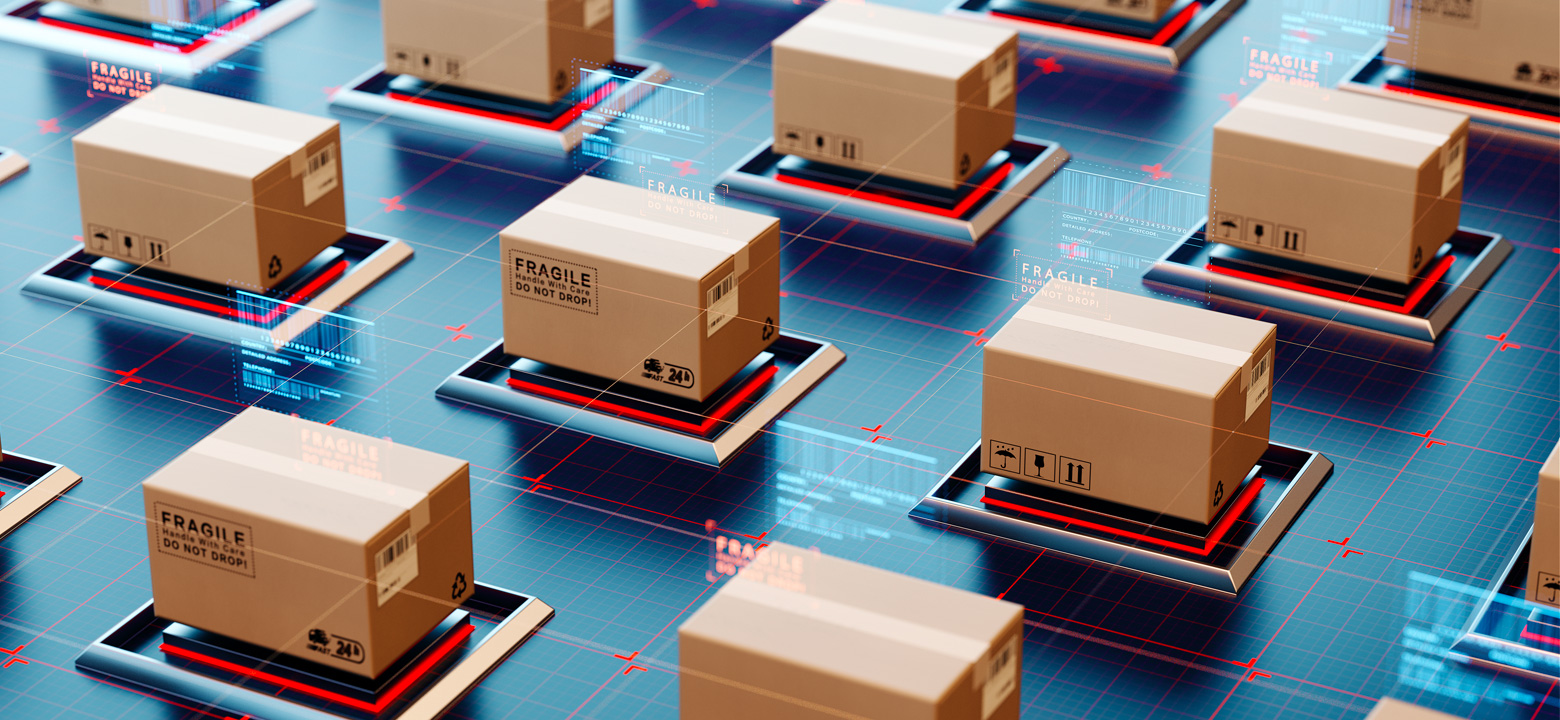
Most people are probably familiar with blockchains through their use in cryptocurrency. Whether you're a crypto investor or not, this technology has some interesting uses outside of currency—things that can greatly benefit manufacturers in the aerospace industry.
To put it simply, a blockchain is a series of records. These records are time-stamped, unalterable, linked using cryptography, do not come with a transaction cost, and are not managed by a central authority or other single entity. In other words, they are blocks of unchangeable data chained together using cryptography. This makes them useful for keeping track of transaction data since the entire series is inherently transparent and unable to be altered.
Because the blocks of data are time-stamped and all participants are accountable, blockchain is a very useful way of generating a chain of custody. In digital forensics, it can be used to track who handles digital evidence, and how. Music platform Spotify acquired Mediachain Labs to help create a way to better handle artists, licensing agreements, and Spotify's large music library, using a decentralized database, The food industry is developing ways to use blockchain to keep tabs on what food comes from where to better track down and combat outbreaks of foodborne illness.
Right now, parts manufactured for use in aerospace applications are subjected to a long, complex, and expensive-to-maintain chain of custody. By its very nature, it is subject to human error and not completely transparent. It is also subject to very strict regulations, as every supplier must be approved by the Federal Aviation Administration. This means that getting from manufacture to delivery can take a very, very long time.
Moog Inc., a New York-based manufacturer of aircraft parts, is hoping to change all of that with a unique combination of 3D printing and blockchain. They hope to store digital blueprints for their parts in a distributed ledger, which would then be sent to a 3D printer as needed. Products could be ready to be printed when they are needed, instead of manufactured in large batches, stored, and shipped out. A blockchain could be ready to go when the parts are created and follow them through their entire journey. In one test, Air New Zealand was able to order an in-seat screen for a plane that was mid-journey, and have the part created, sent, and ready to install by the time the flight landed in Los Angeles.
Speeding things up isn't the only way that blockchain can help secure needed parts. As with the food industry, having a transparent chain of custody where every party is accountable is important in the event of a problem. In this case, a blockchain would make tracking down the origin point of faulty or counterfeit parts much faster and easier. Honeywell Aerospace is aiming to do just that, by using blockchain to improve traceability. By creating a sort of digital logbook to track engine maintenance, and utilizing the transparency of a blockchain to see exactly who created, shipped, and handled a part, they hope to make it more difficult for counterfeits to enter the market. Honeywell has also worked to create an online marketplace based on blockchain for buyers and sellers to trade used parts internationally.
The defense industry, like many industries that supply government needs, is subject to even stricter regulations than those that supply civilian manufacturers. In many cases, this is to provide security—certain manufacturers of needed parts, like microchips, are given special trusted status when it comes to producing parts for top-secret applications. Since blockchain data is immutable and the system has no single point of security failure, it can make it faster and easier for defense contractors to get the parts they need, when they need them, with confidence that they have not been compromised.
Implementing any new technology comes with certain costs, and this is no different. Unlike some other methods, however, blockchain has virtually no ongoing costs—once the proper infrastructure is paid for and put in place, generating and linking blocks of transaction data is free. Considering the amount of money spent on creating and storing parts, not to mention re-purchasing parts that turn out to be faulty or counterfeit, using blockchain to order 3D printed parts as needed, automatically track them, and have them delivered in hours, not weeks, has the potential to save aerospace manufacturers a lot of money in the long run.
The future of blockchain technology in the aerospace industry is promising, but we aren't there yet. A lot of regulatory bodies still have to get on board with these changes, and the infrastructure still needs to be put in place. Nonetheless, as companies like Moog Inc. have shown, there's tremendous cost- and life-saving potential in switching to blockchain.
Most people are probably familiar with blockchains through their use in cryptocurrency. Whether you're a crypto investor or not, this technology has some interesting uses outside of currency—things that can greatly benefit manufacturers in the aerospace industry.